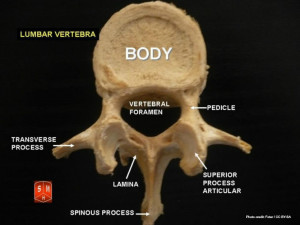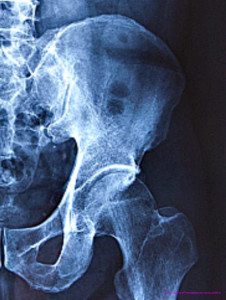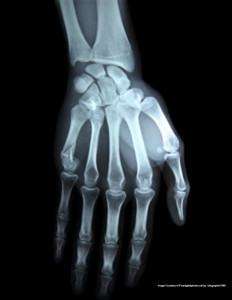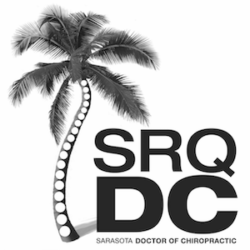3 Ways Bone X-rays Are used to Determine Age
And
Why It’s Important
Ossification is the process of laying bone tissue. Basically, it is the solidification of bone. It occurs at different rates, starting at different ages, in different areas, and even in multiple stages for these areas. It’s not the same everywhere. When looking at an X-ray, bone will appear whiter and brighter than other areas. From this, by examining an X-ray, we can look at different bones to determine age.
 We can start at the spine itself. At birth, each typical vertebra is basically 3 sections of bone connected by cartilage, while the sacrum and coccyx vertebrae are basically cartilage. Cervical, or neck, primary ossification finishes by end of 3rd year. But as we travel down the spine to the lumbar vertebrae, the process slows. The Lumbar vertebrae won’t finish until after year 6. Throughout the whole spine, secondary areas start to ossify at puberty and end at 20-25 years. So, by looking at X-rays of a vertebra, depending on where it is, and how far along the ossification process a primary or secondary ossification center is, we can estimate a person’s age.
We can start at the spine itself. At birth, each typical vertebra is basically 3 sections of bone connected by cartilage, while the sacrum and coccyx vertebrae are basically cartilage. Cervical, or neck, primary ossification finishes by end of 3rd year. But as we travel down the spine to the lumbar vertebrae, the process slows. The Lumbar vertebrae won’t finish until after year 6. Throughout the whole spine, secondary areas start to ossify at puberty and end at 20-25 years. So, by looking at X-rays of a vertebra, depending on where it is, and how far along the ossification process a primary or secondary ossification center is, we can estimate a person’s age.
 What we call the hip-bone is really 3 bones: the ilium, ischium, and pubis. They start to fuse to create our hip-bone when a person is 15-17 years old. They finish fusing between 20 and 25 years of age. Moreover, in radiology, there is a term known as Risser’s Sign. Risser’s sign references the ossification of the cap of the Iliac Crests, or the bone you touch when you place your hands on your hips. Risser’s sign breaks down the arch of the Crest into 4 equal sections and a final, finished stage. For girls, Risser’s sign is apparent from 14-16 years. For boys, it’s 15-18 years. Risser’s sign also has a direct correlation to vertebral ossification. So, by looking at X-rays of a teen’s hip, not only can we determine Risser’s sign and the person’s age, we can determine how far along in its development a person’s spinal column is.
What we call the hip-bone is really 3 bones: the ilium, ischium, and pubis. They start to fuse to create our hip-bone when a person is 15-17 years old. They finish fusing between 20 and 25 years of age. Moreover, in radiology, there is a term known as Risser’s Sign. Risser’s sign references the ossification of the cap of the Iliac Crests, or the bone you touch when you place your hands on your hips. Risser’s sign breaks down the arch of the Crest into 4 equal sections and a final, finished stage. For girls, Risser’s sign is apparent from 14-16 years. For boys, it’s 15-18 years. Risser’s sign also has a direct correlation to vertebral ossification. So, by looking at X-rays of a teen’s hip, not only can we determine Risser’s sign and the person’s age, we can determine how far along in its development a person’s spinal column is.
 Our wrist consists of 8 bones, known as the carpals. When adults, these bones align in 2 rows of 4 bones per row that connect to the 2 long bones, radius and ulna, of our forearm. Unlike other bones, these all only have 1 ossification center. Also, unlike other bones mentioned, they do not start to ossify until after birth. These start from the age of a few months to 8-12 years:
Our wrist consists of 8 bones, known as the carpals. When adults, these bones align in 2 rows of 4 bones per row that connect to the 2 long bones, radius and ulna, of our forearm. Unlike other bones, these all only have 1 ossification center. Also, unlike other bones mentioned, they do not start to ossify until after birth. These start from the age of a few months to 8-12 years:
Capatate and Hamate appear first, a few months after birth
Triquetral and Lunate 2-4 years
Scaphoid, Trapizium, Trapezoid 4-6 years
Pisiform 8-12 years
Radius and Ulna near Carpals fuse at 16-18 years
Moreover, during their development, the carpals may overlap and be in places not normally expected. Additionally, these bones develop differently from one another in the same region. As such, for younger children, the most common way to determine age is an X-ray of the wrist. Specifically, we take an X-ray of the left wrist and compare it to a chart/atlas. Based upon which of these 8 bones is developed, we can estimate a person’s age.
Why is this important? There are a few reasons. For the wrist, FOOSH (Fall On Out Stretched Hand) injuries are common. This is when we fall face first and save our noses by stopping ourselves with our hands. A Scaphoid or Navicular bone fracture is possible from FOOSH injuries. And due to the lack of blood vessels in the wrist, these can result in deterioration of these bones.
In an older child, a displaced Lunate may replicate Carpal Tunnel Syndrome, or a fracture of the Hamate may injure the Ulnar nerve resulting in a loss of grip strength. Knowing a child’s age, we may rule out different problems if the bone does not yet exist. Also, knowing a person’s age as determined by vertebral or hip X-ray may alter choices of treatment for things like Scoliosis. Lastly, we must take into account the age of a child for Chiropractic care. Depending on the child’s age and osseous development, adult techniques involving rotating a spinal process (or tip) or a technique involving a patient’s hip may not be appropriate. This is why as Chiropractors, we adjust children differently than adults.


Great article and very informative, Dr. Bill!